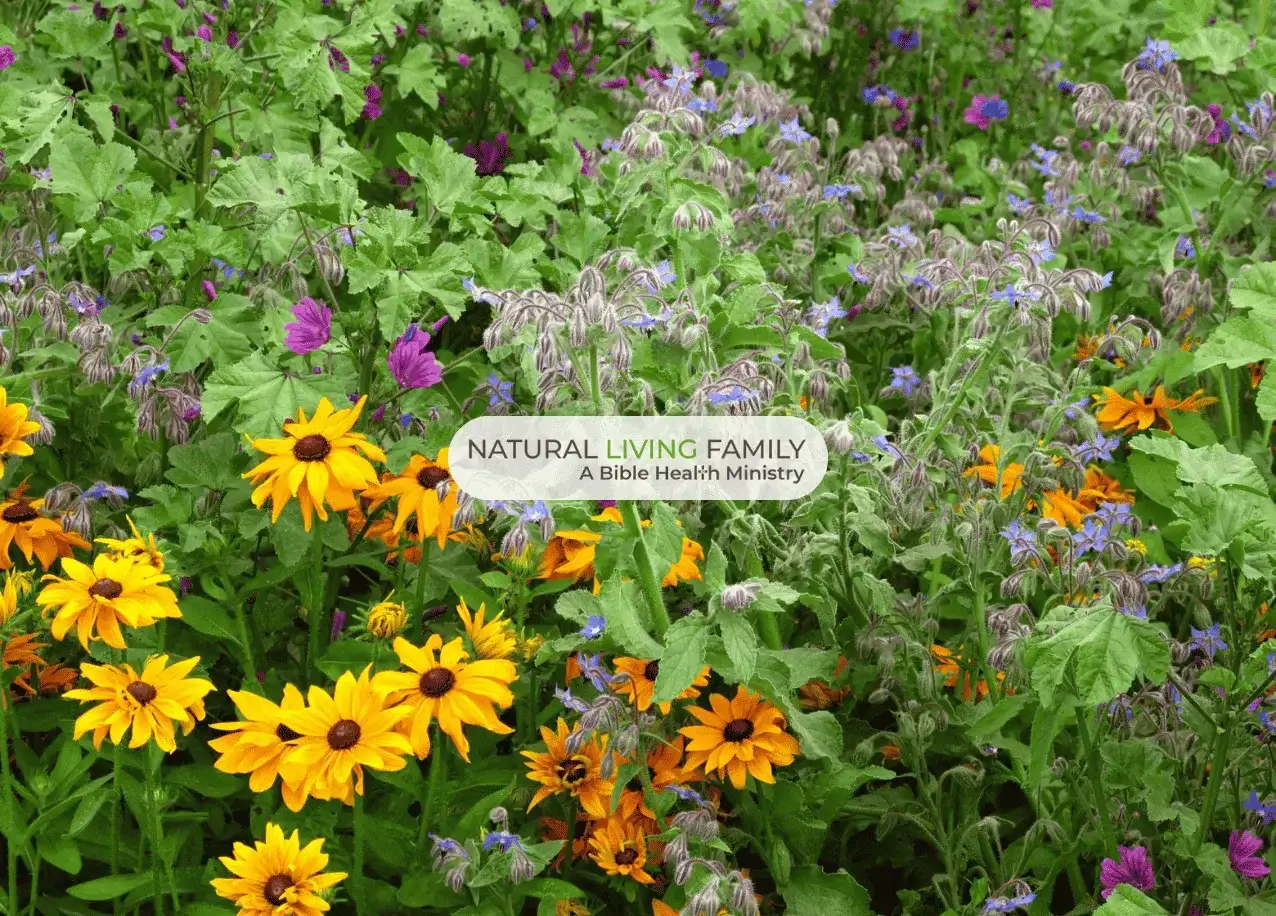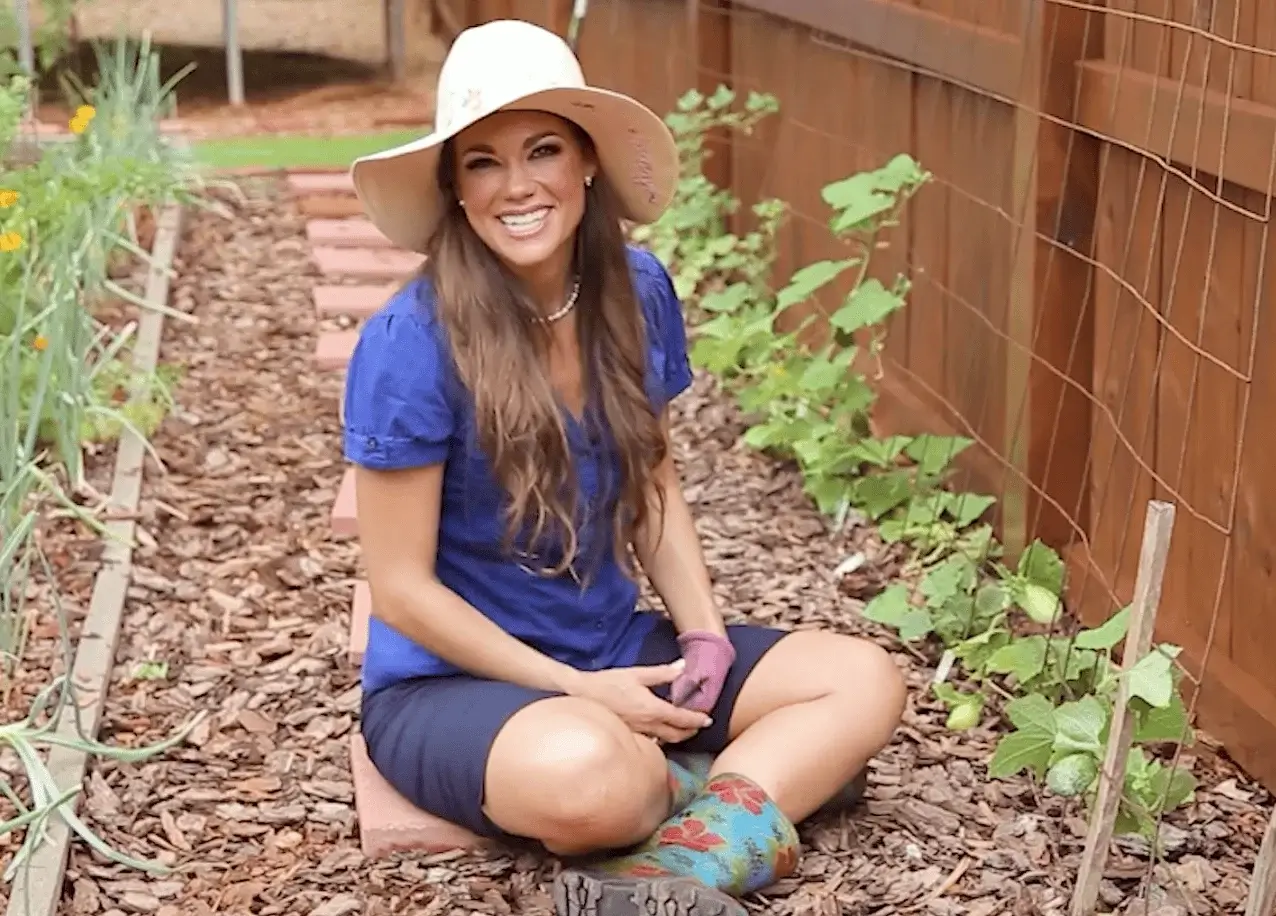Growing up, learning how to grow herbs were a part of my everyday life. With a mother known as “The Herb Lady,” you couldn’t expect anything less! Today, I love using the knowledge that she imparted in me about how to grow herbs.
Growing and using fresh herbs to provide for my own family and sharing that knowledge with all of you so that you can share in my love for these wonderful gifts from God is a highlight! For those who are new to gardening, herbs are one of the easiest things to get started growing. Herb plants are also incredibly useful – popular for fresh tea, to season food, and even for medicinal purposes.
You can grow herbs indoors or outdoors, plant in the ground or containers – there are so many options, no matter your resources or experience level!
Table of Contents
Best Herbs for Beginners
Though most herbs are relatively easy to learn how to grow, here are my top five favorites that are great for getting started!
1. Basil
Basil is one of my favorite herbs in the kitchen! So it’s no surprise that it’s one of my favorite herb plants. They should be spread 12-18 inches apart and can grow 1-2 feet tall. It’s an annual herb so performs best when planted in full sun, after the danger of frost has passed. Keeping it pinched back will ensure that you have plenty of leaves to harvest.
2. Thyme
Thyme is a wonderful perennial herb ground cover that works well just about anywhere. You’ll need to divide your plants every 3-4 years and trim regularly for fresh growth to use in recipes and more. They are shorter in stature, only reaching 6-12 inches in height, and the spread about a foot wide. This is a great choice for bordering garden beds and paths.
3. Parsley
Parsley is grown with annual herbs (although it’s technically a biennial herb) and can thrive both indoors and outside in the herb garden. It will reach about 12 inches tall and just as wide. When pruning or pinching, start from the outer leaves and work toward the center, as this will help your harvest to last as long as possible. Plant some in partial shade to allow an extended harvest once the weather begins to warm up since parsley prefers early-spring/fall garden growing seasons.
4. Chives
Chive plants have a grass-like appearance and are wonderful in any type of garden. It can reach up to a foot tall and must be divided every couple of years. When trimming, cut back to a couple of inches from the ground to encourage fresh growth throughout the gardening season.
As an added bonus, chive blooms will attract pollinators to your garden.
5. Mint
Mint is one of the most wonderfully fragrant herbs, but anything in the mint family can become a bit of a pest since it spreads via runners. Keep your mint in pots to prevent your mint plants from taking over your entire garden. It does better in shade than most other perennial herbs and loves plenty of moisture. Try some of the different flavors in the mint family such as chocolate mint, sweet mint, and more.
Pro-Tip! Mint is delicious in homegrown tea blends. Just snip some leaf tips and brew!
Growing Favorite Herbs Indoors
Any window with direct sunlight is a wonderful place to start an indoor garden with herbs in containers and it’s easier than you think! Perhaps space is at a premium and you want a regular indoor kitchen herb garden. Or you just want to start some seeds earlier and will transfer your potted herbs outdoors later. Either way, growing herbs in pots inside your home can give you the benefits of these wonderful plants, right at your fingertips.
When starting plants, whether indoors or out, it’s important to start with good, quality non-GMO heirloom seeds. You’ll find that heirloom herb seeds give you a wonderful variety of produce, color, and flavors you simply can’t find in the store.
Heirloom seeds are non-GMO seeds that have all of the best qualities that you want in any plant. Unlike many of the genetically modified hybrids on the market today, these wonderful, fertile varieties are full of flavor and goodness that is lost in many commercial seeds and plants.
Windows that receive full sun are the best choice for growing herbs indoors. At least 6 hours of sunlight per day is important to help your herbs flourish. Supplement with grow lights if your window doesn’t receive adequate sunlight for your plants.
Be sure to take care when watering your indoor herb garden. Keep soil damp, but do not overwater. You can even let the soil dry out for few days between watering and make sure they have enough air circulation to avoid mildew or mold.
Using your herbs regularly will actually help them to grow! When you pinch them back, they will grow back fuller and give you even more wonderful herbs to use. As you learn how to grow herbs, you’ll find plenty of ways to use them so they’ll never go to waste when you pinch back.
Individual pots and containers will make sure that your herbs have enough room to grow when making your container choice. When you’re working with smaller spaces indoors, combining herbs in a tiny pot will not give them the space they need to grow and the plants may fail. If you do use a larger container for an indoor herb garden, make sure that there is ample room to support multiple plants.
A small amount of good organic fertilizer can also be a great help to grow full and thriving herbs. A bit of organic matter in the soil mix to provide nutrients via the roots can help you to have a bountiful harvest. High quality soil is the only way to get high quality plants.
How to Grow an Herb Garden
Herbs are a beautiful and often fragrant addition to your outdoor garden plot or container garden, as well. Whether you want your favorite herbs for culinary purposes, or beautiful flowering plants for pollinators, they are worth adding to your garden plan.
For beginning gardeners, starting herbs from seed indoors or using plants that have already been started can make growing herbs outdoors a little easier. Once you have established plants, you can begin to transition them outdoors, especially once the danger of frost has passed. An overlooked trick to success is to take your time hardening started plants off before you transplant the mature plants outdoors.
As you learn how to grow herbs outdoors, you’ll want to carefully plan where you’ll be planting your herbs. Certain types of herbs, like mint, spread very rapidly and can take over a garden patch. For these, you might be better off planting them in containers to help control the spread. Others need a set amount of hours of sun or do better in part shade.
When planning where to plant, you can use your herbs as border plants or distribute them throughout the garden, between other plants. You can even choose beautiful herbs by color to complement the other plants in your flower bed or container garden.
Keep a close eye on the weather, making sure to water your herbs as necessary. You’ll want to keep the soil damp and be sure that the plants are getting adequate sunlight or shade, depending on the variety.
Fertilizing and trimming or pinching back your herbs is helpful when growing them outdoors. Kitchen scissors double as pruning sheers oftentimes because you can harvest herbs as needed for your cooking. For perennial herbs, you’ll want to make sure that you pinch back or trim in the springtime, as that will encourage new growth.
What Herbs Grow Well Together
Whether you have a dedicated herb garden or combine herbs into your vegetable garden, you can enjoy herb garden success by choosing plants that go good together. Companion planting means how you combine plants in the garden.
Sometimes it’s simply a matter of which plants grow harmoniously together, and sometimes it’s simply being mindful of the needs for each plant when it comes to water, nutrients, and light levels.
Herbs for Shade and Sun
Understanding a plants light needs is vital to make sure it stays healthy. While many fruits and vegetables need a lot of direct sunlight, there are plenty of options for shade too – especially when it comes to harsher afternoon shade.
If you have a section of patio or yard that doesn’t get full sun, don’t despair. You can still grow herbs that are shade-tolerant with careful plant selection.
How to Grow Herbs in Shade
- Comfrey – This tall perennial plant has beautiful flowers and a deep taproot, making it drought-tolerant once it’s established. It’s an understory plant so afternoon shade or dappled sunlight can be ideal.
- Lemon Balm – In the mint family, lemon balm is easy to grow and has a delightful fragrance. It’s a larger plant, reaching up to 3 feet tall, in rounded clumps almost 2 feet wide. Prune it often to prevent seedlings from spreading and keep it looking trim and bushy. I love the way it smells and always include it in my aroma garden.
- Mint – Easy to grow, mint tends to want to take over the world. I recommend keeping it planted in containers. It’s a perfect herb to bring color to a shady corner of your yard and will be low-maintenance as well as delicious.
- Parsley – This shade-tolerant herb grows easily from seed and combines nicely with larger shrubs or other shade-loving herbs. I recommend growing both flat-leaf and curly-leaf varieties! Start harvesting parsley from the outside, towards the center of the plant, to extend the harvest.
Easy-to-Grow Herbs for Sunny Garden Spots
- Dill – I love dill in the garden. The fern-like foliage is attractive, the flowers are huge and the plant is tall but easy to grow. Give it plenty of space as it will easily grow 3 feet tall or more. Bonus! It attracts pollinators to your garden!
- Lavender – This herb has attractive, silvery green foliage and beautiful flowers with an unmistakable fragrance. You might usually think of the flowers as purple, but there are white flowering varieties as well.
- Rosemary – A beautiful, semi-evergreen herb this perennial is drought tolerant, fragrant, and useful for so many things. It’s a woody herb that can grow 3 feet tall or more depending on the variety. Rosemary makes a lovely hair rinse, and as a culinary herb, it’s awesome in the kitchen.
- Sage – Sage has long been a favorite medicinal and culinary herb. But it’s also a favorite for herb gardens because of the pretty leaves and how easy it is to grow. Allow a foot of space between plants and expect them to grow about 2 feet tall. In addition to, culinary sage, try purple sage it variegated sage for fun options.
Herb gardens can be so rewarding. The variety of foliage, fragrances, and flowers give you lots of options to make your home and yard beautiful. Plus having fresh herbs close at hand makes your garden useful at the same time!










